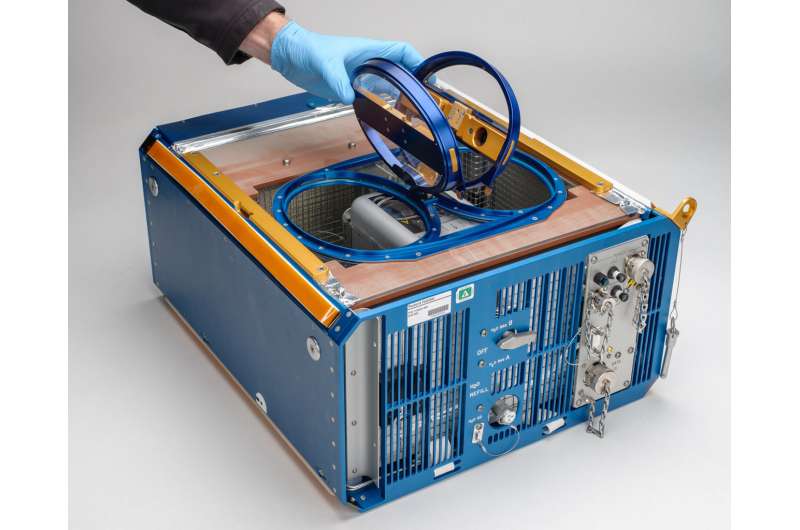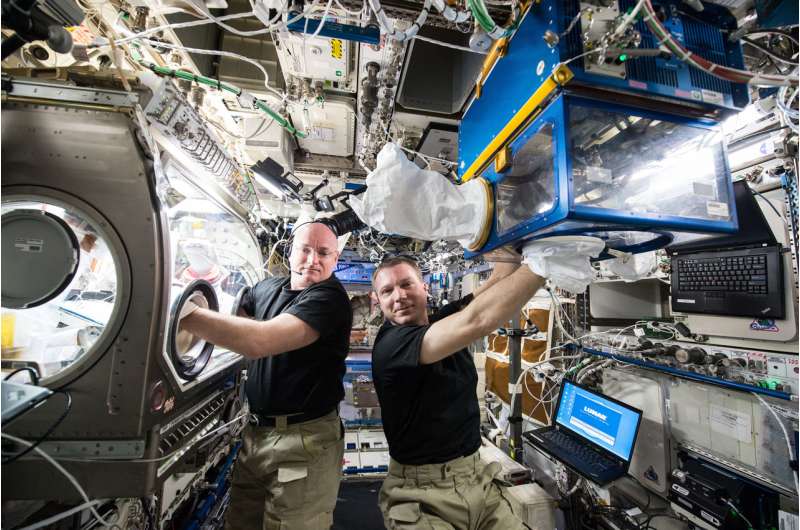Investigation to combat muscular atrophy with implantable device

Extended spaceflight takes a toll on many systems within the human body, including the musculoskeletal system. An investigation aboard the International Space Station will examine a drug compound and drug delivery system aimed at preventing, slowing, or even reversing muscular breakdown, both in space and on Earth.
Rodent Research-6 (RR-6) is a two-fold investigation that will study the effectiveness of both the drug compound and the nano-channel drug delivery implant, for their use in the treatment of muscle loss in future spaceflight, and in the treatment of patients with muscle wasting diseases or conditions on Earth.
The drug compound will be administered through a device implanted beneath the skin, allowing for a constant, steady delivery of the drug.
"The unique aspect of the mission is the nano-channel delivery system is implanted under the skin and provides constant drug delivery in the body, which prevents the need for injections or taking pills," said Yasaman Shirazi, the project's mission scientist at NASA's Ames Research Center, "and if you want to look at it long-term, it could be a customized device for long-term curing of a disease."
Using channels just two to three nanometers in size and a device roughly the size of a grain of rice allows for a controlled delivery using simple diffusion, rather than requiring a pumping mechanism.
"We realized if we use channels comparable in size to the drug molecule of interest, we can achieve a very steady, controlled delivery of drug outside of an implanted reservoir for a period of time ranging from up to months and years without any sort of pumping mechanism onboard our implants," said Alessandro Grattoni, the project's primary investigator at Houston Methodist Research Institute.
Once the drug reservoir is depleted, the implant can be refilled rather than replaced. Without being removed, the implant reservoir can be reloaded using two needles through the skin. While this investigation won't be using this capability of the device due to the short timeframe of the study, Grattoni said it would be an important feature for long-term treatment or prevention of muscle-wasting, as well as other chronic conditions.
Given their genetic similarity to humans, studying mice allows scientists to gain insight into the workings of the human body. The rodents' faster development and shorter life span reveal effects of microgravity on an expedited timescale.

"Animal models are great translational models because they provide us the ability to collect data and samples we are typically not able to collect in human subjects," said Shirazi.
"Doing all of these studies in microgravity provides us with an accelerated model of the diseases. So animal models in combination with microgravity will enable us to study musculoskeletal diseases, inflammation and wound healing."
Provided by NASA





















